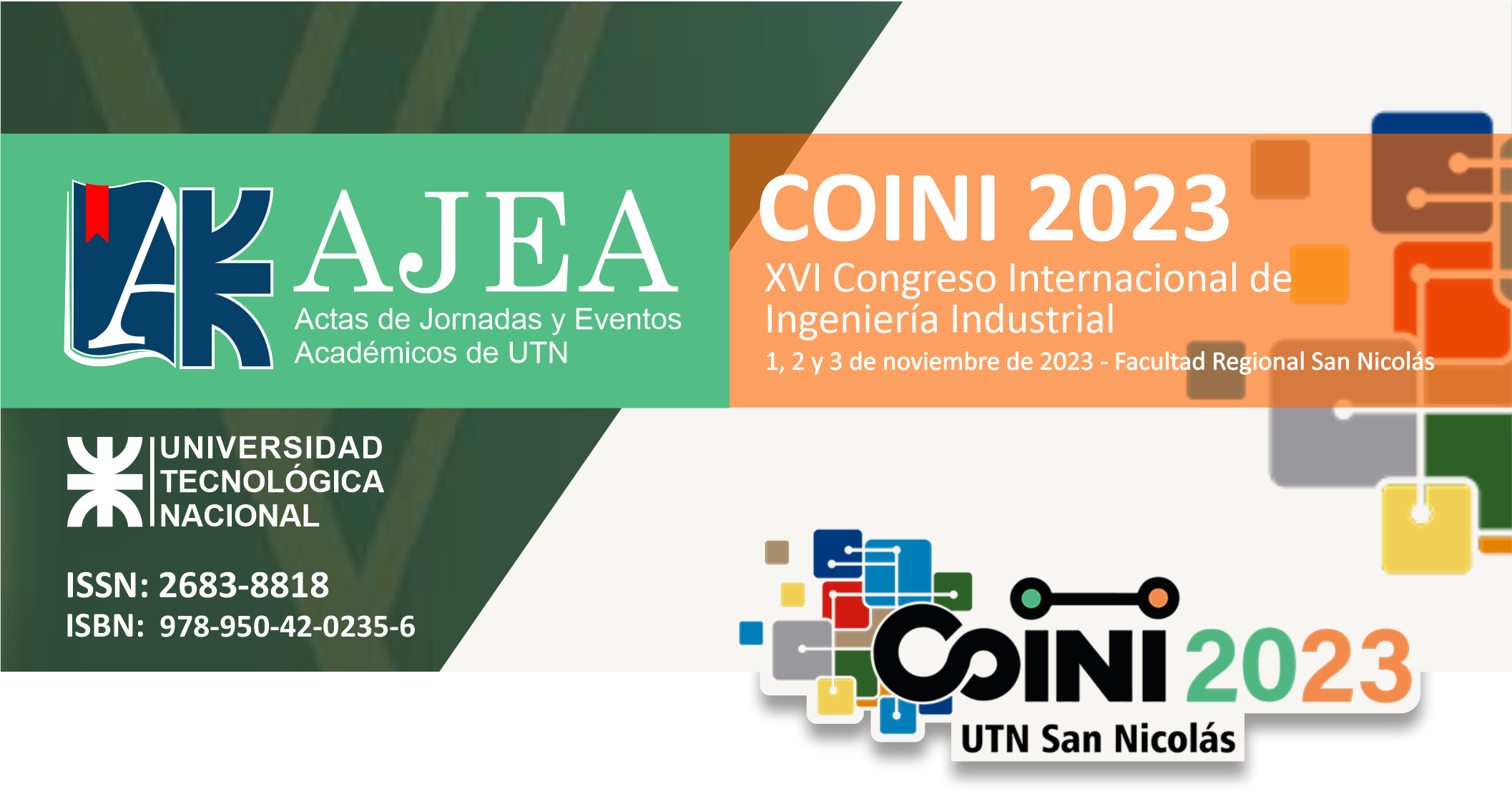A BI-OBJECTIVE MODEL TO OPTIMIZE TRAVEL TIMES AND COMPACITY OF ROUTES IN VEHICLE ROUTING PROBLEMS
Keywords:
Optimization, Transport logistics, Visual attraction in routing problemsAbstract
Transport logistics optimization problems in general and vehicle routing in particular have traditionally attracted the attention of numerous researchers and professionals due to their multiple practical applications. In this sense, the bibliography is abundant in the development of models and solving algorithms for vehicle routing problems in all their variants, a problem that has been recognized as challenging in terms of computational complexity. Generally, the main objectives of these already developed models are to minimize travel distances, travel times, the number of vehicles needed or the total cost of transportation. However, the literature is less extensive on another group of objectives known as visual attraction. These types of objectives are related to certain operational benefits associated with the design of a compact route plan, which do not overlap with each other and whose paths do not intersect. Identifying this deficit in the literature, this paper proposes to make a contribution in this area by developing a bi-objective model to optimize both the travel time and the compactness of the routes in order to be able to evaluate the compromise relationship between both criteria. This model was solved using an exact approach based on mathematical programming and the computational evaluation was carried out on test instances. Through the strategy used, applied to a particular vehicle routing problem, adequate compromise solutions can be selected with respect to travel times and visual attraction of the routes.
Downloads
Metrics
Downloads
Published
How to Cite
Conference Proceedings Volume
Section
License
Copyright (c) 2024 Diego Gabriel Rossit, Adrián Andrés Toncovich

This work is licensed under a Creative Commons Attribution-NonCommercial 4.0 International License.










